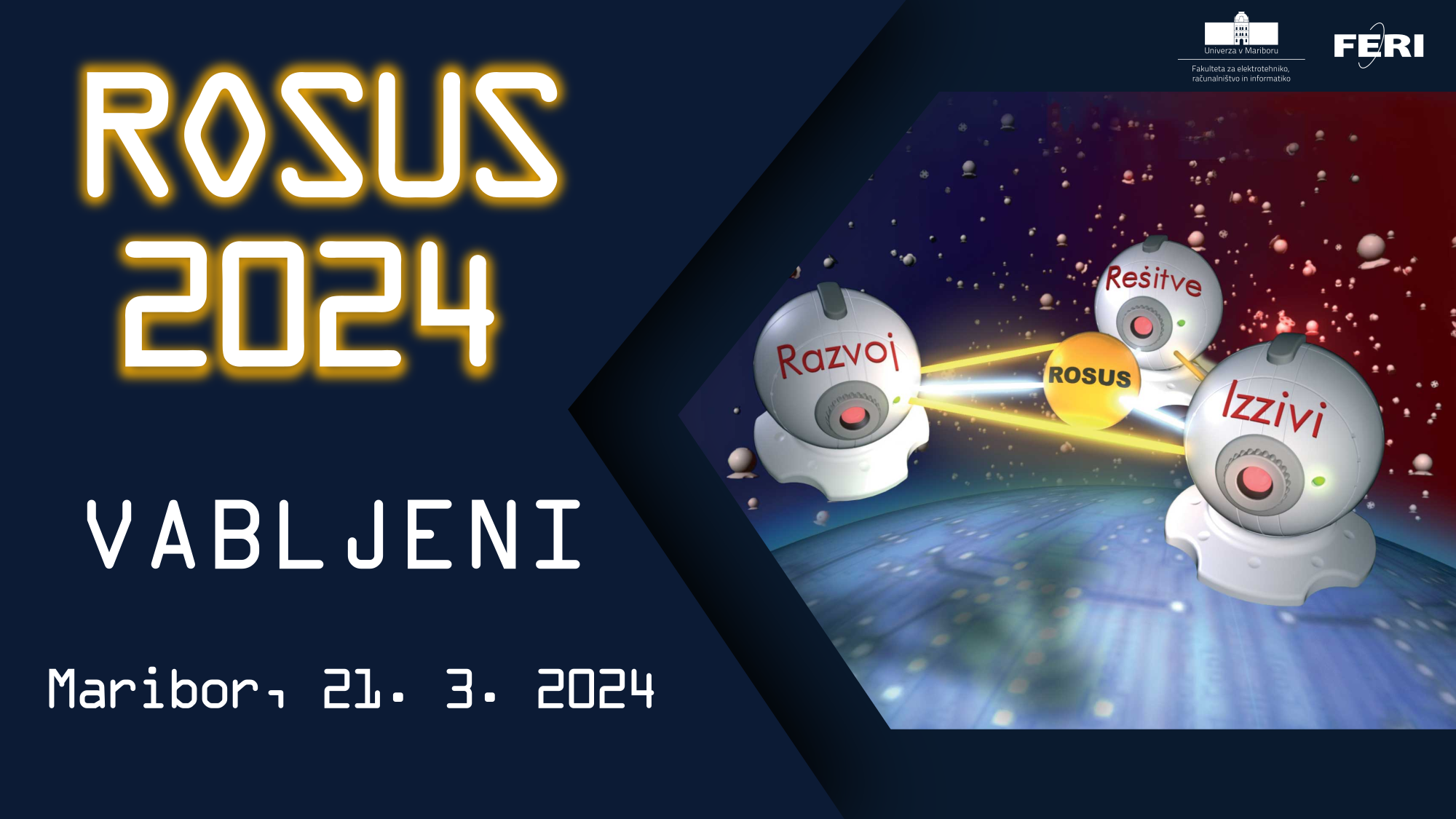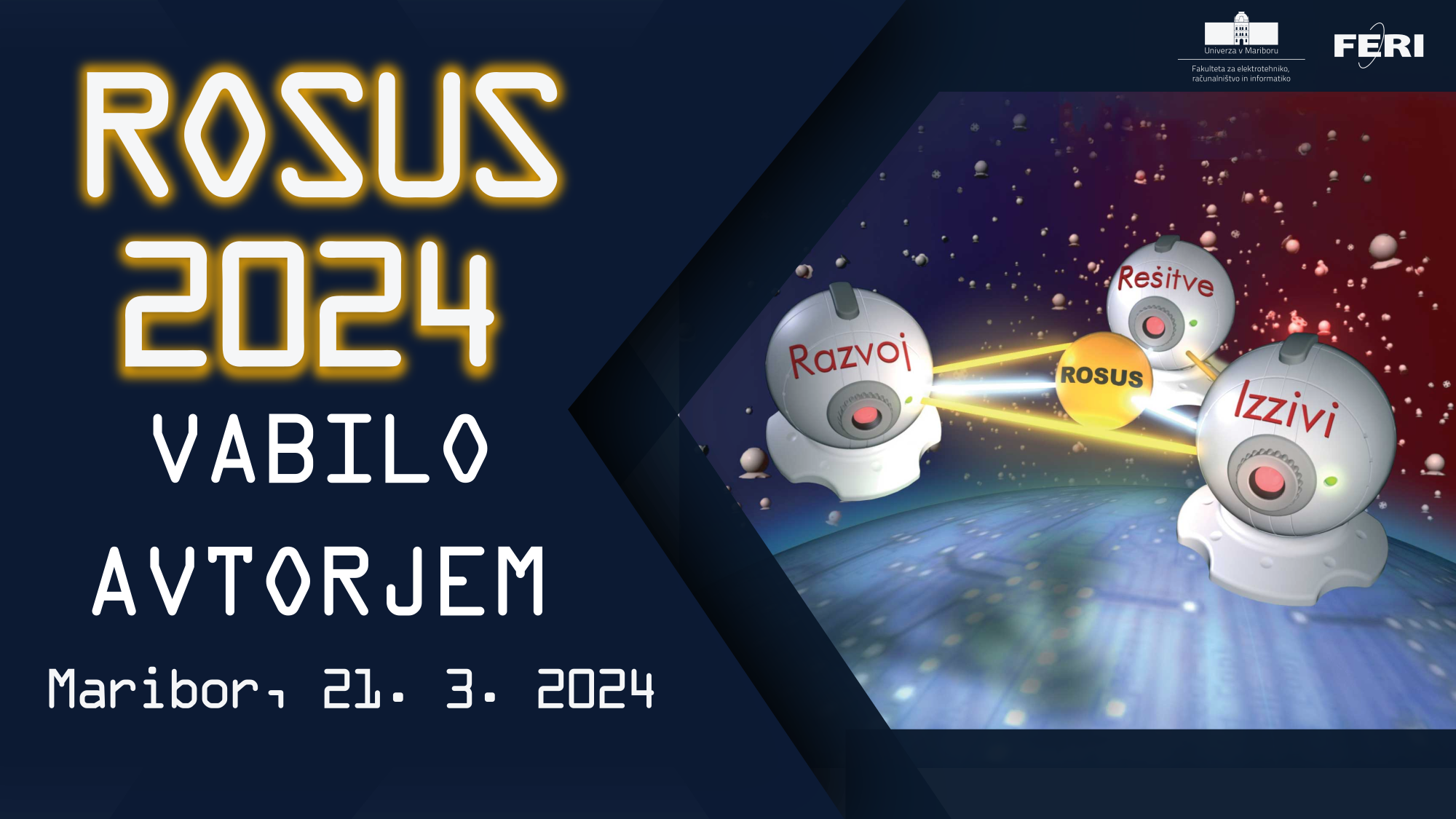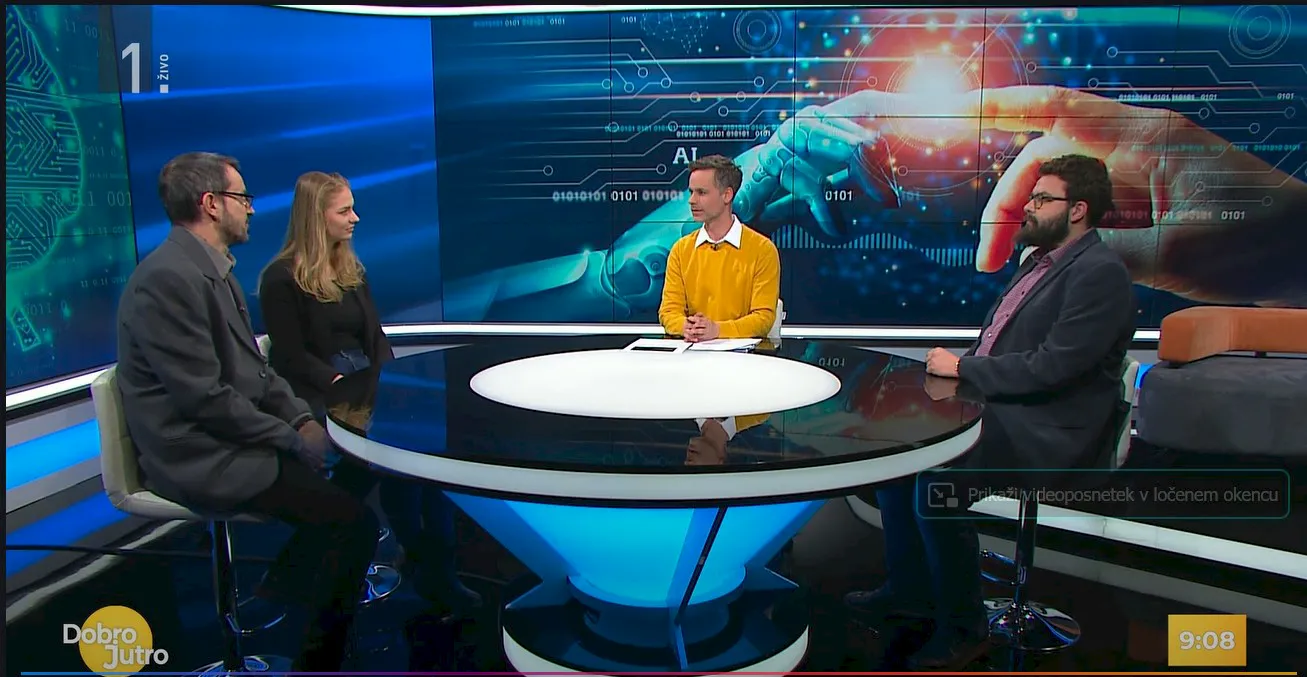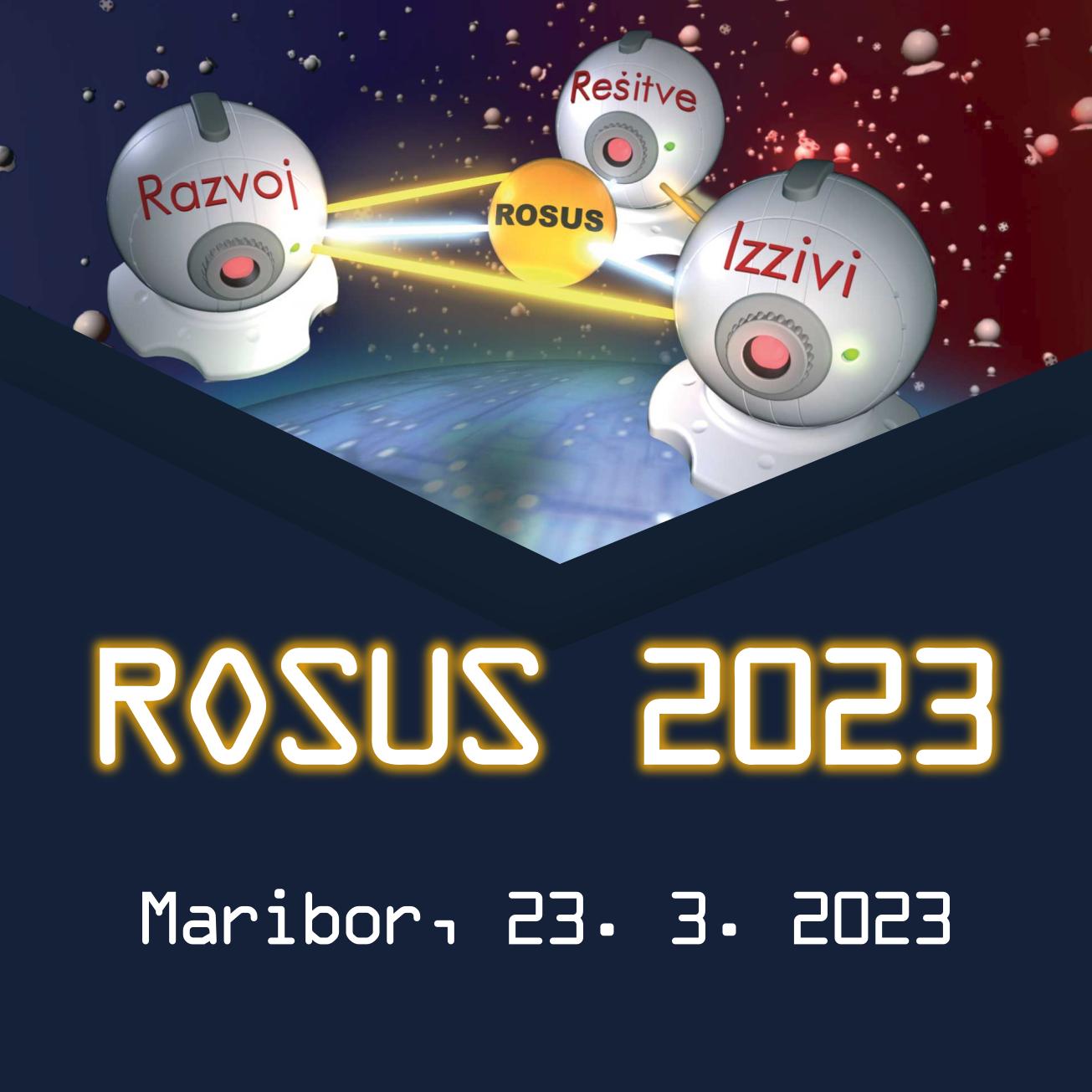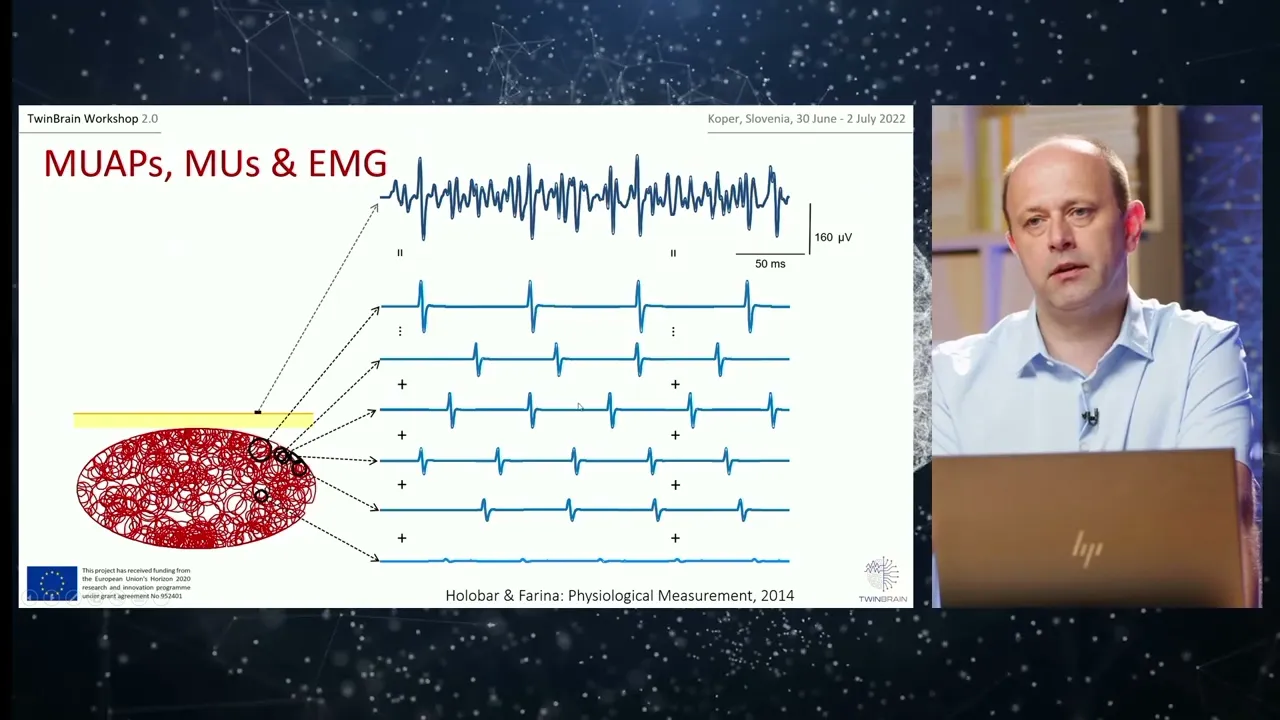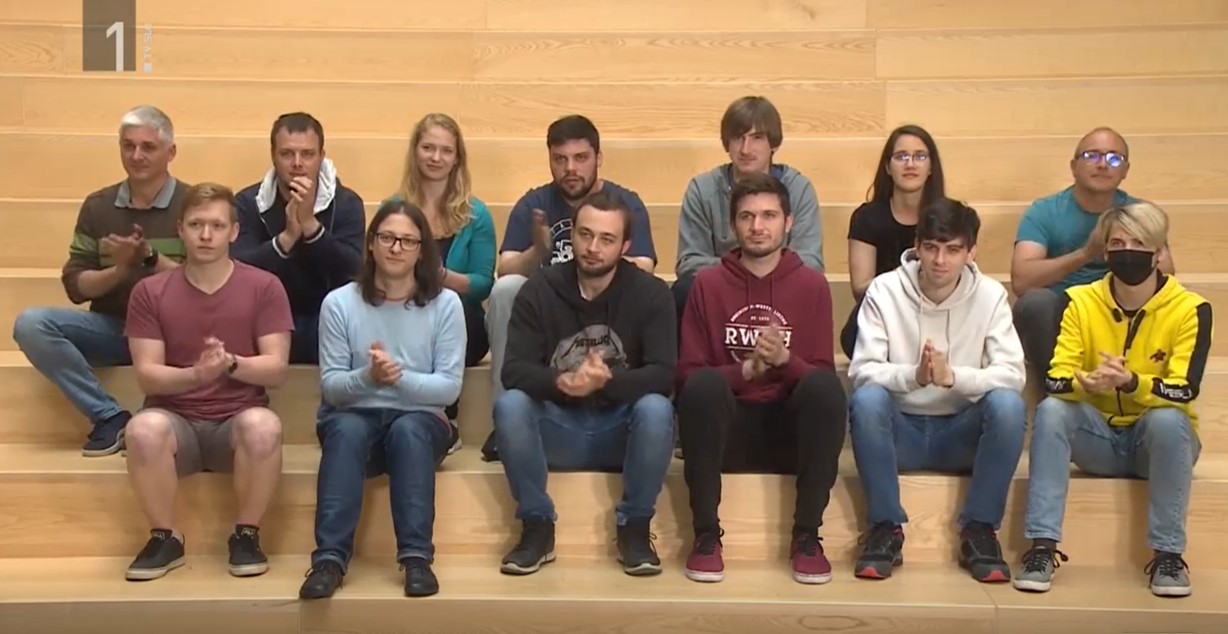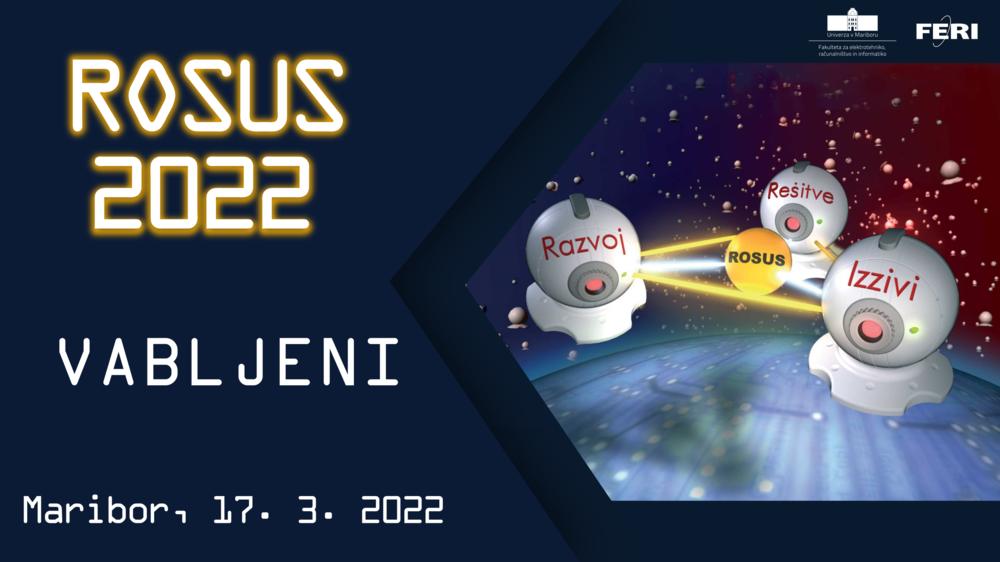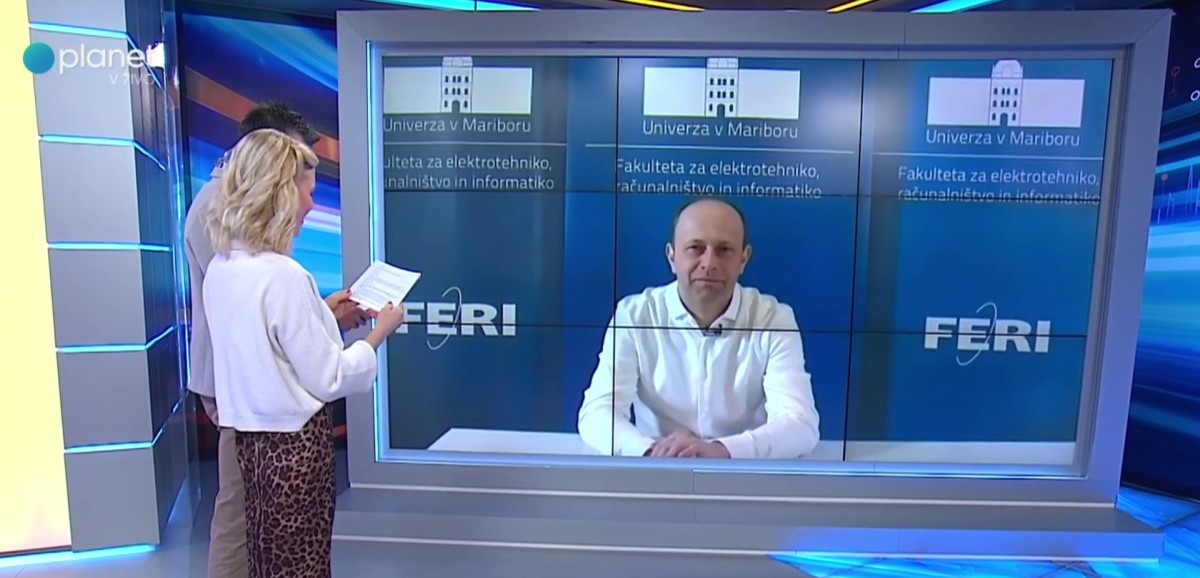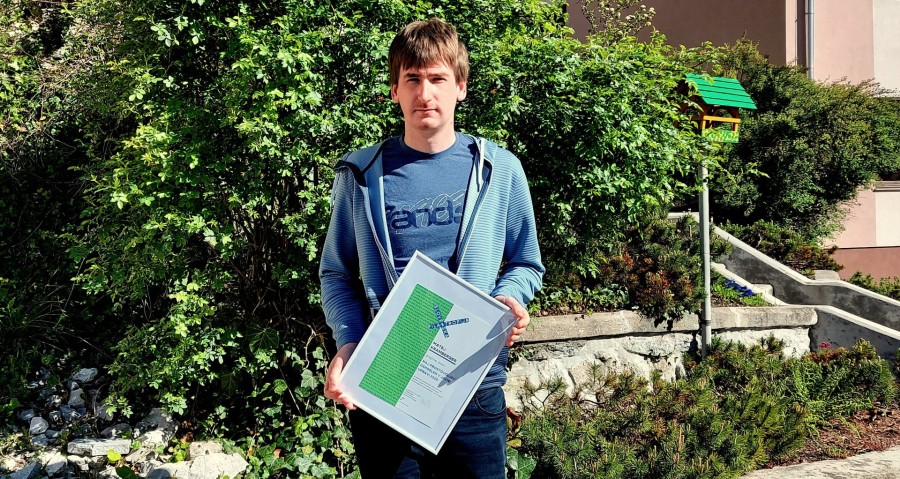Author: Boris Cigale
Mentor: Prof. Dr. Damjan Zazula
Co mentor: Prof. Dr. Nikola Guid
Date: 2000
Cellular Neural Networks Learning for Segmentation of Ultrasound Medical Images
Keywords: cellular neural networks, image segmentation, ultrasound images, ovary, follicles
UDK: 007.52: 681.3: 534-8: 61
Abstract: In this thesis, the usability of cellular neural networks in segmentation of follicles in ovarian ultrasound images is investigated. The cellular neural networks are the sets of simple locally connected elements. The templates that completely defined the
behavior of the cellular neural networks were obtained with two learning algorithms - genetic algorithm and simulated annealing. The cellular neural networks were taught with real and synthetic ultrasound images in learning set.
Interpretation of real ultrasound images is under the influence of an expert's knowledge, experiences, and many other subjective factors. For reliable reference the synthetic ultrasound images were used. Such images were created as 2D slices of a 3D model of ovary. In the slices the speckle noise was added. The synthetic ultrasound images are especially useful when estimating a segmentation method, because the exact locations of the follicles are known.
Through experiments, we concluded that one cellular neural network is not enough for good segmentation of the ultrasound images. Therefore a special method was created. Method is composed of a few steps where the input of the next step is the output of the previous one. We noticed that the position of follicles is mainly in the
center of images. We also noticed that the follicles lying at the bottom of the image are not so explicit as those lying higher. To reduce the influence of this phenomenon we used space variant bias with which we increased or decreased sensitivity.
The segmentation method consists of two main branches. Each branch consists of two steps. In the first branch we try to segment ovary and in the second one the positions of follicles are determined. At the end, the results from both branches are joined.
In the first step of the ovary-detecting branch, a rough position of ovary is detected. In second step, this rough position of ovary is reconstructed to its actual borders. In first step of follicle-detecting branch, just a rough position of follicles in the image is determined. In the second step, this rough positions of follicles are reconstructed to their actual borders.
The method was tested on 50 synthetic and 50 real ultrasound images. The method recognized
67 % of follicles in synthetic and 73 % of follicles in real ultrasound images. Of all the
recognized regions in synthetic images, 69 % corresponded to actual follicles, whereas 18 % could be attributes as detected follicles only conditionally (according to the metrics introduced in our investigation). 85 % of all the regions in real ovarian images corresponded to actual follicles.












